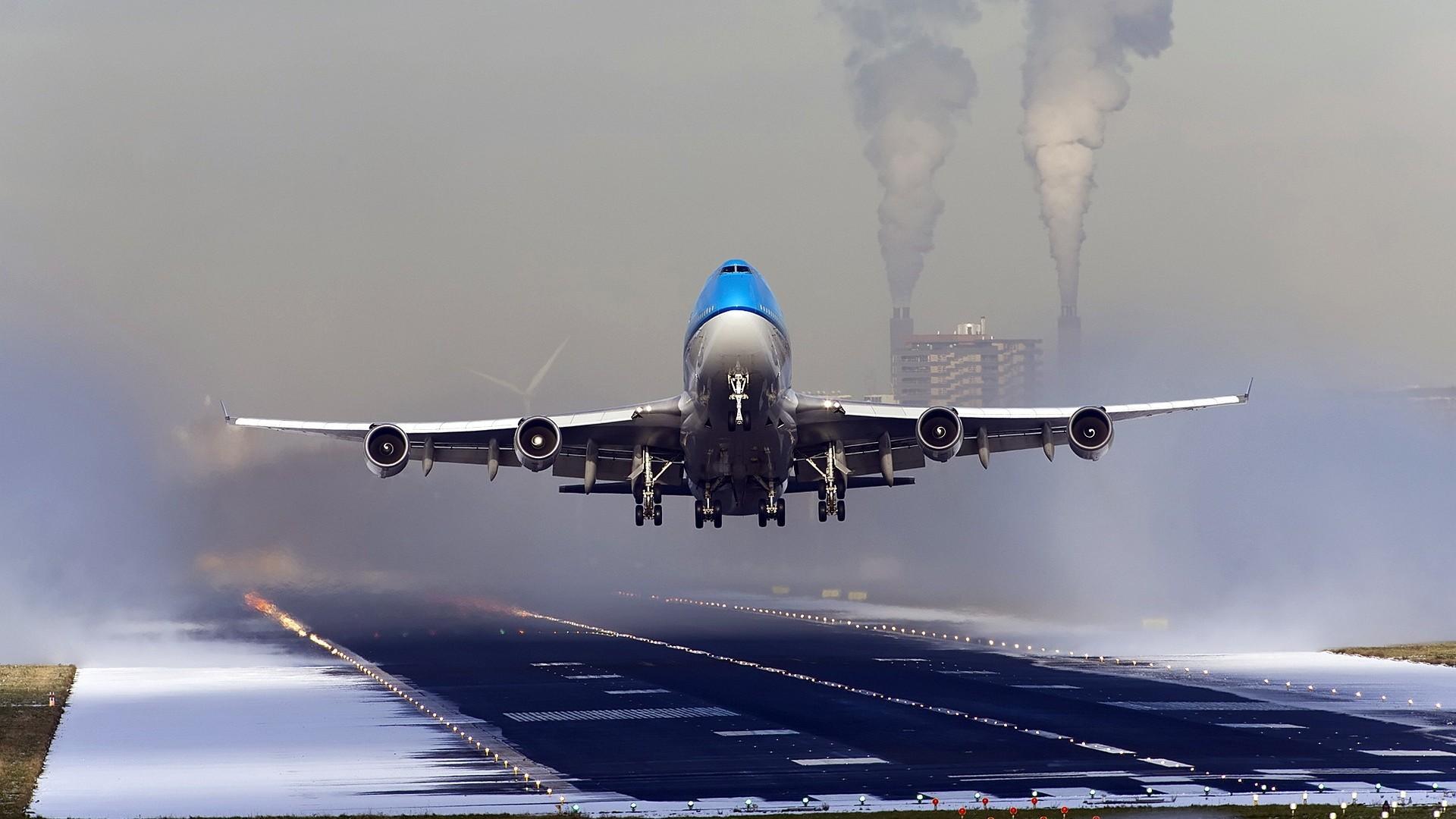Countries are nearing agreement on using satellites to track flights, as they strive to prevent a repeat of the mysterious disappearance of flight MH370 in March 2014, a high-level US official said Thursday.
“We believe the world is close to a solution on global flight tracking,” said US ambassador Decker Anstrom, who heads Washington’s delegation to a large United Nations conference in Geneva on evolving information and communications technologies.
Representatives of more than 160 countries are taking part in the month-long World Radiocommunications Conference (WRC-15), which kicked off this week and is hosted by the UN’s International Telecommunication Union every four years.
High on the agenda is the bid to determine the technical requirements for creating a flight tracking system that can ensure complete surveillance of the global airspace and avoid incidents like the disappearance of Malaysian Airlines Flight MH370 on March 8, 2014.
The flight, en route from Kuala Lumpur to Beijing with 239 people onboard, has prompted a global rethink of the way planes are tracked.
The UN’s International Civil Aviation Organization has voiced support for a proposal that would make it obligatory for airlines to track their aircraft using a system that gives its location at 15-minute intervals.
But for this to be done efficiently, Canada, with the backing of all countries in North and South America, has proposed allowing the plane signals to be bounced off satellites.
Currently, ground-based radars can track a plane but coverage is spotty and fades when aircraft are out at sea or they are flying below a certain altitude.
Anstrom said conference participants broadly agreed on the need to allocate satellite spectrum — similar to frequency — for global flight tracking.
“We are very optimistic on the global flight tracking issue,” Anstrom told reporters in Geneva.
“We think there is broad global consensus on that agenda item and that that could be handled as early as next week.”
Thornier issues
Other points may not be so easy to agree on, including discussions on using existing satellites to provide coordinates to civilian unmanned aircraft systems, or drones.
Countries are also discussing whether to shift the way radio spectrum is used by different radio transmission technologies and applications.
The United States among others wants to see a reallocation of a significant amount of spectrum for rapidly evolving mobile technologies and the next generation 5G mobile networks.
“Without a doubt there is a crunch, some say a crisis, in terms of mobile spectrum in an environment where there is exponential growth in data services,” said Tom Wheeler, chairman of the US Federal Communications Commission.
But this is a touchy subject, since most of the high quality spectrum is today used by broadcasters, and it is far from certain countries will reach agreement by the end of the conference on November 27.










